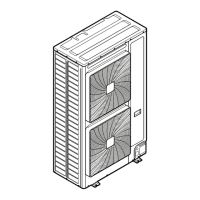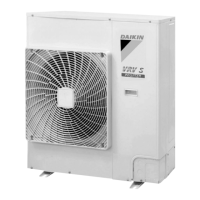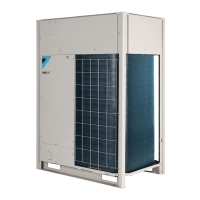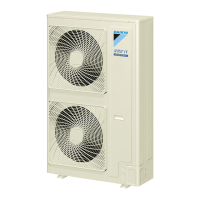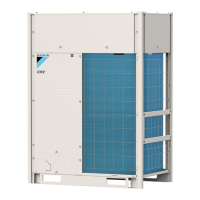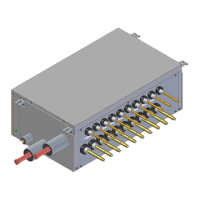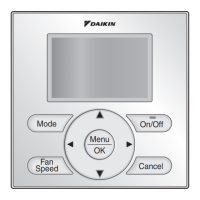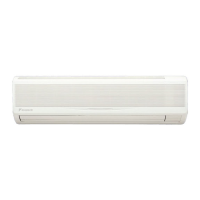Why is my Daikin VRV 5-S system operating but cooling or heating is insufficient?
- BBrandon MorseAug 15, 2025
There could be several reasons why your Daikin Air Conditioner isn't cooling or heating sufficiently: * The air inlet or outlet of the outdoor or indoor unit might be blocked. Ensure there are no obstacles and that air can flow freely. * The air filter might be clogged. Please, refer to the "Maintenance" in the indoor unit manual. * The temperature setting may be incorrect. Adjust it as needed. * The fan speed setting may be set too low. Adjust the fan speed on your user interface. * Doors or windows might be open, letting wind in. Close them. * There might be too many occupants in the room, or an excessive heat source. * Direct sunlight might be entering the room. Use curtains or blinds. * The airflow angle might not be proper. Adjust it accordingly.




